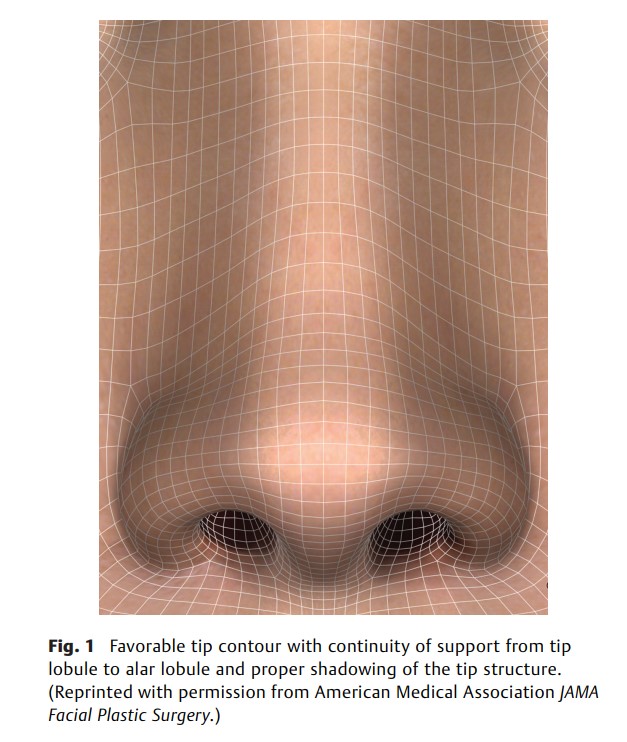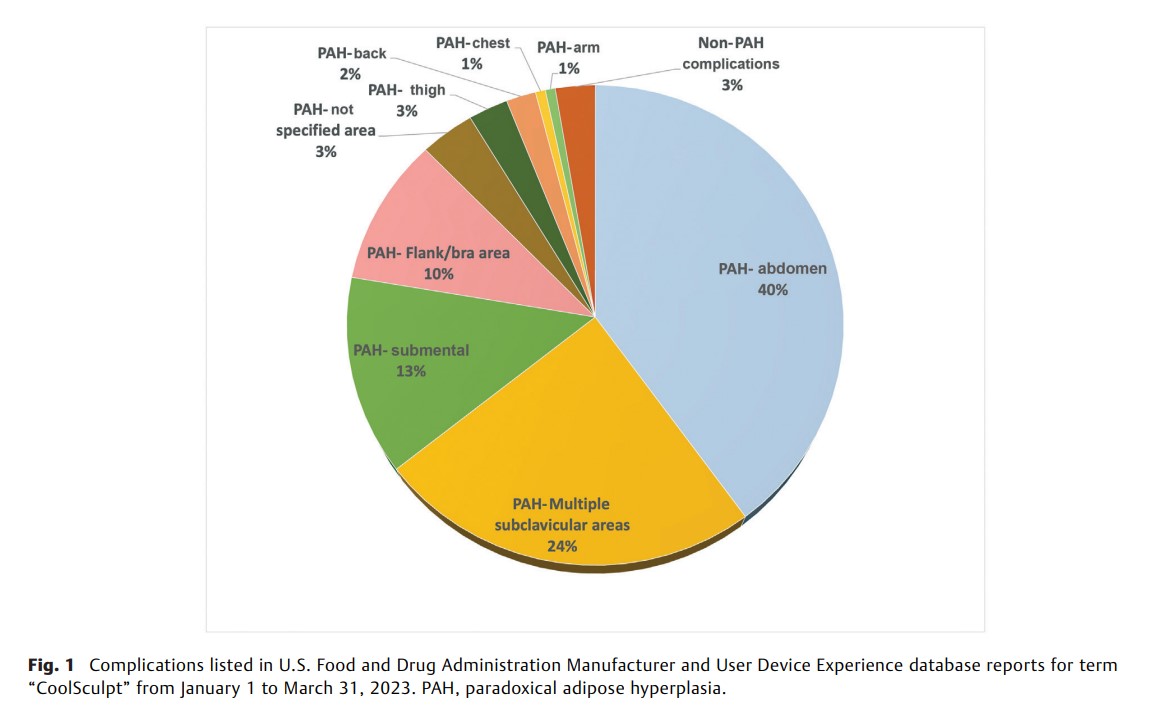
Issue 05 · Volume 39 · October 2023
The Cutting Edge in Facial Plastic Surgery
Guest Editor: Lamont R. Jones, MD, MBA, FACS
“I am tomorrow, or some future day, what I establish today. I am today what I established yesterday or some previous day.”
- James Joyce
Facial Plastic Surgery是一本不断为患者提供更新、更好治疗方法的期刊。患者们经常会问我们:"有什么新鲜事?(不,他们并不是在问我们刚买的新推杆!)。可以理解的是,想要改善容貌的患者希望获得更好的治疗效果,而且更省力、更容易恢复。技术生命周期告诉我们,每项新技术的发展都是从早期/应用研究到早期使用,再到广泛使用,最后衰老和被取代。 有些人会尽早采用,有些人会等到治疗方法和技术成熟并被广泛采用时再采用,还有一些人会坚持使用经过验证的疗法。无论您属于哪部分人群,熟悉“下一件大事”至关重要,这样就可以自己决定是否应该让其成为您实践的一部分。互联网和社交媒体的兴起意味着,当您听到这些新进展时,您的许多患者也会听到(甚至早于您听到), 您将如何应对?
本期Facial Plastic Surgery探讨了这些问题,并展望未来。客座编辑Lamont Jones医学博士召集了不同观点的作者讨论 "面部整形外科的前沿 (The Cutting Edge in Facial Plastic Surgery)"。Choi等人评估了人工智能的作用,而Davis和Hom则回顾了当前和发展中的技术以及伤口愈合。Razavi和 Byrne讨论了知识产权,其他作者则讨论了转化和临床研究考虑因素、组织工程以及疤痕和面神经麻痹的评估。Toriumi和 Cristel讨论了侧嵴复位对鼻功能的影响,而Patel和Most则介绍了他们的技术,并分享了保留鼻整形术的精华。
欢迎阅读本期精选论文以及其他全部论文,您一定会从中寻得乐趣并对以上问题产生新的深入思考。
Original Article
Choi et al.
From virtual chat assistants to self-driving cars, artificial intelligence (AI) is often heralded as the technology that has and will continue to transform this generation. Among widely adopted applications in other industries, its potential use in medicine is being increasingly explored, where the vast amounts of data present in electronic health records and need for continuous improvements in patient care and workflow efficiency present many opportunities for AI implementation. Indeed, AI has already demonstrated capabilities for assisting in tasks such as documentation, image classification, and surgical outcome prediction. More specifically, this technology can be harnessed in facial plastic surgery, where the unique characteristics of the field lends itself well to specific applications. AI is not without its limitations, however, and the further adoption of AI in medicine and facial plastic surgery must necessarily be accompanied by discussion on the ethical implications and proper usage of AI in healthcare. In this article, we review current and potential uses of AI in facial plastic surgery, as well as its ethical ramifications.
Original Article
Razavi, Byrne
Understanding the purpose and process of obtaining intellectual property rights (IPR) is fundamental to health care innovation. Facial plastic and reconstructive surgeons are natural innovators; however, knowledge deficit in this space may hinder the ability to move ideas from the “bench to bedside.” Here we provide an overview of IPR, outlining the steps necessary to obtain intellectual property protection in an academic setting while highlighting recent U.S. Food and Drug Administration (FDA) approvals pertaining to facial plastic and reconstructive surgery.

Original Article
Lateral Crural Repositioning: Implications on Nasal Function
Toriumi, Cristel
There are many concepts for surgical management of the nasal tip with varying outcomes on esthetics and nasal function. Nasal tip surgery can influence nasal function based on how the techniques can alter lateral wall integrity. A retrospective chart review of rhinoplasty patients undergoing lateral crural strut grafting (LCSG) with and without repositioning from 2009 to 2017 of the primary author (D.M.T.) was performed. Preoperative and postoperative Nasal Obstruction Symptom Evaluation (NOSE) scores were analyzed. In our study, 832 subjects were evaluated. The mean preoperative NOSE score of all subjects was 35.48. The longest follow-up mean was 652.07 days with a mean NOSE score of 7.07 (p < 0.0001). In the LCSG group, the mean preoperative NOSE score was 22.97. The longest follow-up mean was 583.29 days with a mean NOSE score of 7.22 (p < 0.0001). In the LCSG with repositioning group, the mean preoperative NOSE score was 43.42. The longest follow-up mean was 692.36 days with a mean NOSE score of 7.60 (p < 0.0001). LCSGs with or without repositioning improves nasal function showing significant improvement in NOSE scores. The use of these techniques require adhering to several technical points to maximize outcomes and to avoid deformity.

FACIAL PLASTIC SURGERY ALERTS
我们很高兴向您介绍本刊的一个新栏目:Facial Plastic Surgery Alerts。本栏目将不定期为您提供与流行文化中盛行的面部整形 "热门话题 "相关的科学事实。

Paradoxical Adipose Hyperplasia after Cryolipolysis CoolSculpting
Anthony P. Sclafani
Aesthetic cryolipolysis was first approved for use by the U.S. Food and Drug Administration (FDA) in 2010, acquired in 2017 by Allergan Aesthetics and marketed under the name CoolSculpting (Allergan Aesthetics, an AbbVie Company, Irvine, CA).

